Digital technology has replaced the long-time norm of traditional and conventional methods used in construction. The immense opportunities and benefits that digital technology has endowed, compelled the architects to use 3D modeling and rendering in construction design. The ability of 3D modeling to present and shape an idea in a more realistic, accurate, and precise mode has transformed the construction industry. Because of Visualization, speed, accuracy, a better command of the data and design elements, and capability to create a precise and distinct layout, 3D modeling is popular and increased its dependency among the architects.
3D modeling techniques mostly used by the architects
The development of CAD and CAD design systems in the 1960s fuelled the inception of 3D modeling. Many mathematicians contributed to evolving this technology, by elaborating on the process of making and tracking geometry which was utilized in computers effectively. It was in 1960 when the creator of Sketchpad, Ivan Sutherland (also known as ‘Robot Draftsmen’) started 3D modeling.
3D Modeling is a process to develop a three-dimensional visual representation of an object or character using the modeling software. The technology creates a realistic 3d image by changing and manipulating the polygons, edges, and vertices of an object in a virtual environment. The addition of real-time data to the model makes it alluring and realistic.
3D modeling methodology is used in various fields like animation, medicine, and technology, fashion, and real-estate. The 3D model is developed using various methods but some techniques which are widely used in construction and by the architects are as follows.

Primitive modeling
Primitive modeling is a rudimentary form of 3D modeling that uses primitive shapes, like a sphere, box, pyramid, torus, and a cylinder. These shapes act as the building block to develop a more complex object in 3d space. The basic Boolean operators are used to develop the desired layout or shapes. To create a new object, either the two shapes added or shape is subtracted from an existing one.
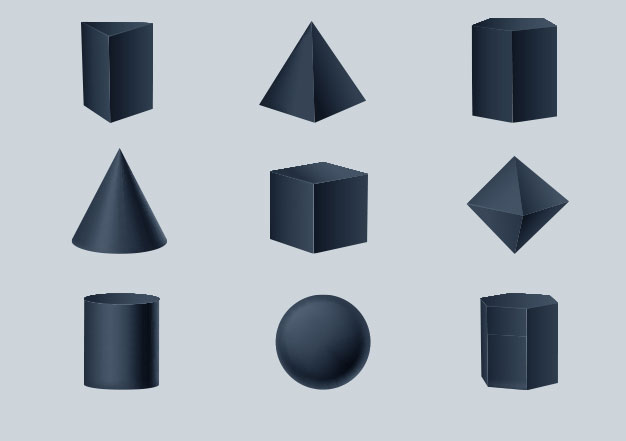
For example, box modeling is initiated by using the cuboid as primitive that will act as the starting point. The final shape is through extrusion or other operations.
The architects are using this form of modeling to see the final layout of a building. Primitive modeling increases its speed and saves time compared to conceptual modeling.
Polygonal modeling
Polygonal modeling represents the object and its surface in X, Y, and Z coordinates. These coordinates represent the position of points in 3D shape, defined as vertices when these co-ordinates are joined by edges they form a polygon shape. A polygon mesh is created by adjoining the vertices of the polygons which shapes and simulate an object.
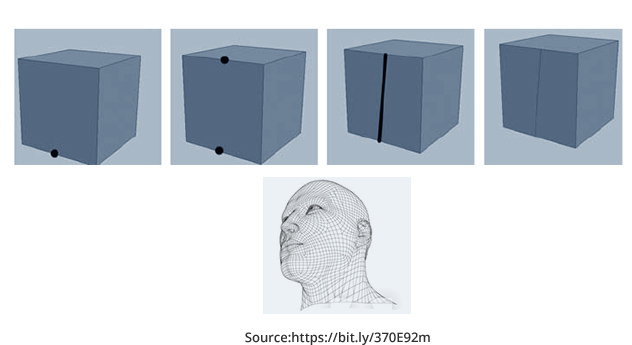
Polygon representation is faster than others. After applying the motion data, the model performs any movement and one can view it from any angle.
Polygonal modeling is preferred to develop real-time computer graphics and scan line rendering, as it can monitor precisely each row of the model to give an overall shape.
This modeling works by forming polygon mesh, so it can be challenging and difficult for beginners, as it requires a good knowledge of Polygon mesh theory.
Non-uniform rational B-spline modeling (NURBS)
NURBS is a mathematical model tool used to create 3D geometry through curves and surfaces. The 3D geometry of the NURBS model describes any shape, 2D line, circle, or curve to a complicated 3D organic free-form surface or solid.
NURBS can handle analytical and modeled shapes too. It can represent standard geometry objects (circle, ellipses, and sphere) as well as free-form geometric objects, like a car, man, etc. NURBS is mainly used in CAD, manufacturing (CAM), and engineering (CAE). The accuracy and flexibility of the tool make it a popular 3D modeling tool.
NURBS easily accessed with any computer programs offers smooth human interaction and also used in illustration, animation, and manufacturing processes.
3D CAD modeling
3D CAD Modeling is the process to create a virtual reality object or computer model having properties similar to the actual physical object. CAD can create a virtual model with the actual physical properties of an object, like material, weight, size, and physical and optical properties. With the help of complex mathematical calculations, it can convert 2D drawings to 3D models.
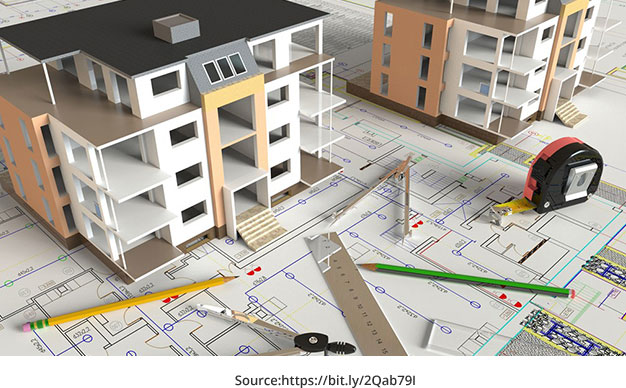
With the help of simulated parameters of the 3D CAD model, the actual behavior of the model in a real environment is evaluated and verified. 3D CAD is helping the architect through visualization of the building projects and 3d exterior design.
The CAD system performs several complex geometrical calculations while creating a model, the reason it is preferred by architects, artists, manufacturers, and engineers.
BIM modeling
BIM is a process to digitally represent the physical and functional characteristics of a facility in 3D space; BIM supports various tools, technologies, and contracts.

BIM is widely used by AEC professionals to plan, design, construct, and maintain buildings and infrastructure efficiently. BIM models are managed in files; the information is gathered collaboratively and updated at key stages of the project. The sharing of information improves the decision-making process and enhances smooth collaboration with the design team. The scope, steps, and outcome of the model can be communicated efficiently with BIM. Better visualization, energy-efficient design, cost optimization, and productivity are some of the other benefits reaped through BIM.
Wireframe CAD modeling
Wireframe CAD modeling visually represents a physical object in 3D computer graphics using lines and curves. Here, each object is defined along with its edges, since designers use metal wire to represent the 3d shape of a solid object, the process is called wireframe modeling.
Wireframe modeling is used for construction and shape solids and solid surfaces, and also high-quality solid representation. The model allows visualization of the underlying design structure of the 3D model. The renderings are easy and fast to calculate which makes it suitable where a high screen frame rate is required.
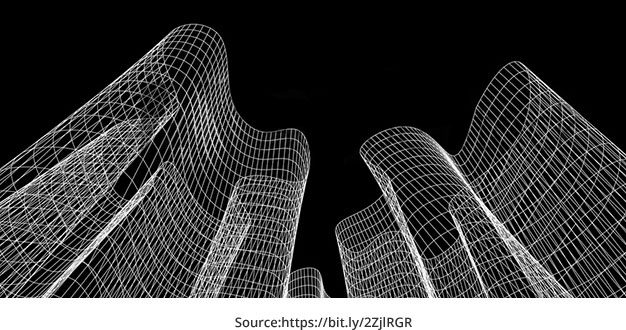
A simple building model developed using Wireframe CAD is convenient to create with less detail work, it is also easy to understand. It is used for a quick presentation of a real-estate project with a simple design.
3D interior modeling
Based on the concept of interior design, sketches, and digital drawing, 3D interior modeling is used to define the floor plan and spacious layout of a building, apartment, or any other structure. Along with the space layout, interior models cover the important features, like matching the color scheme, lighting, well-oriented furniture, and other aspects of living.
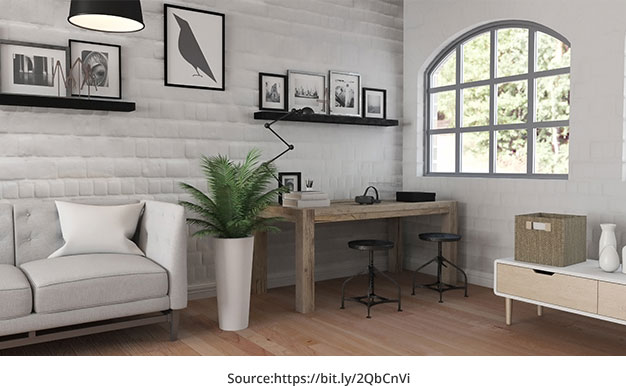
Interior modeling is used by architects to select the design best suited to them. Real-estate companies are using this technology for their marketing events and attract potential buyers.
For a detailed Interior model, technologies like laser cutting, stereolithography, and high-density resin casting are used.
3D exterior modeling
3D Exterior modeling methodology is used for visualization and to study various styles and plans of numerous varieties of buildings. Exterior modeling gives an overview of each minute of a building like street lightning, tree arrangement, parking shade, and wall colors, etc. Exterior models cover factors, like sustainability, optimization, and infrastructure along with beautiful visualization.
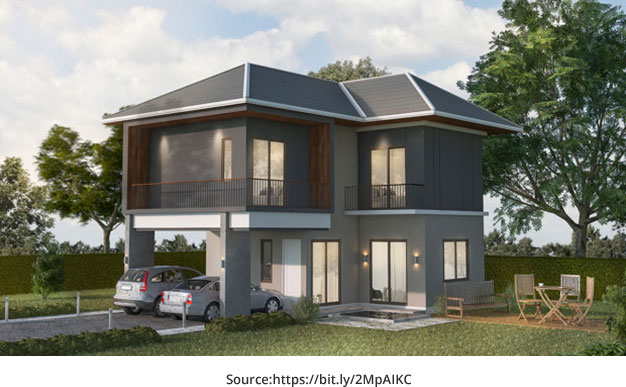
The model helps in recommending a change or modification to the exterior design and layout and select the best model. This methodology is used not only by real estate but also for product modeling.
eLogicTech can help to leverage 3D modeling technology to the fullest
The use of 3D modeling technology in the construction industry is on the rise. Over the past decade, as an architectural 3D modeling service provider, eLogicTech has tried to bring tremendous change in creating buildings by managing several challenges and contributing several benefits. Apart from BIM modeling, MEP, and 3D visualization services, eLogicTech Solutions has helped architects, contractors, and clients in the form of construction firms to come up with more creative and innovative designs by handling technicalities much better. The engineering team would be happy to assist in architecting your next building design project. Contact us for a quick call to discuss more.







